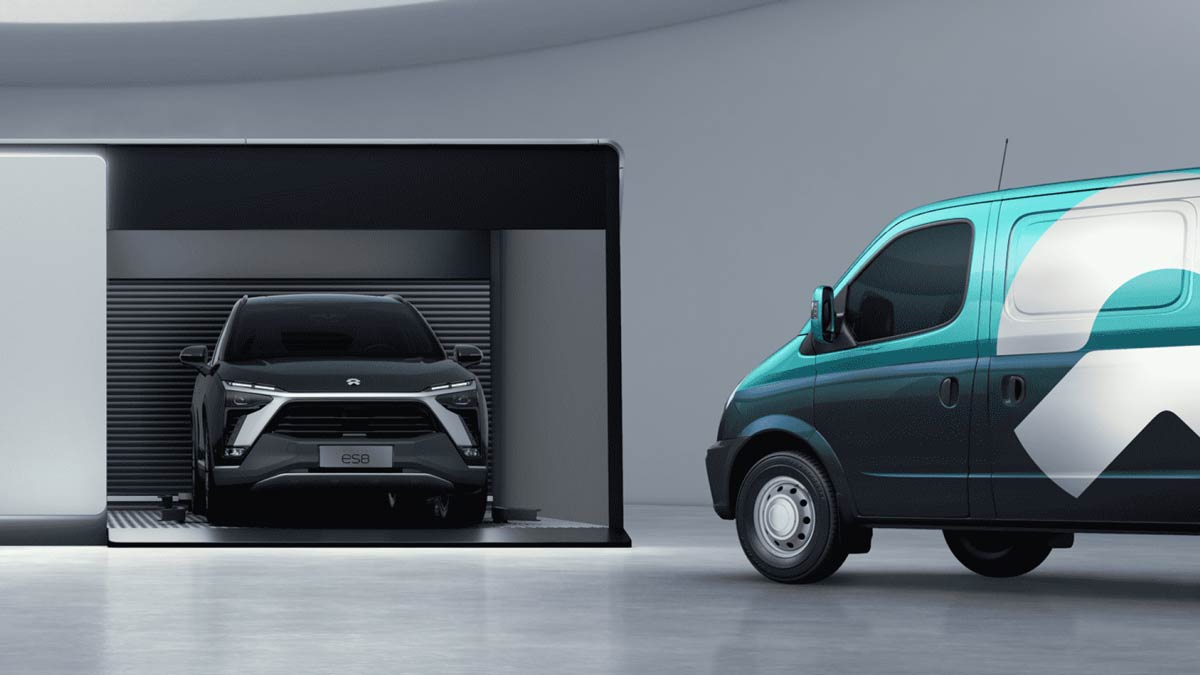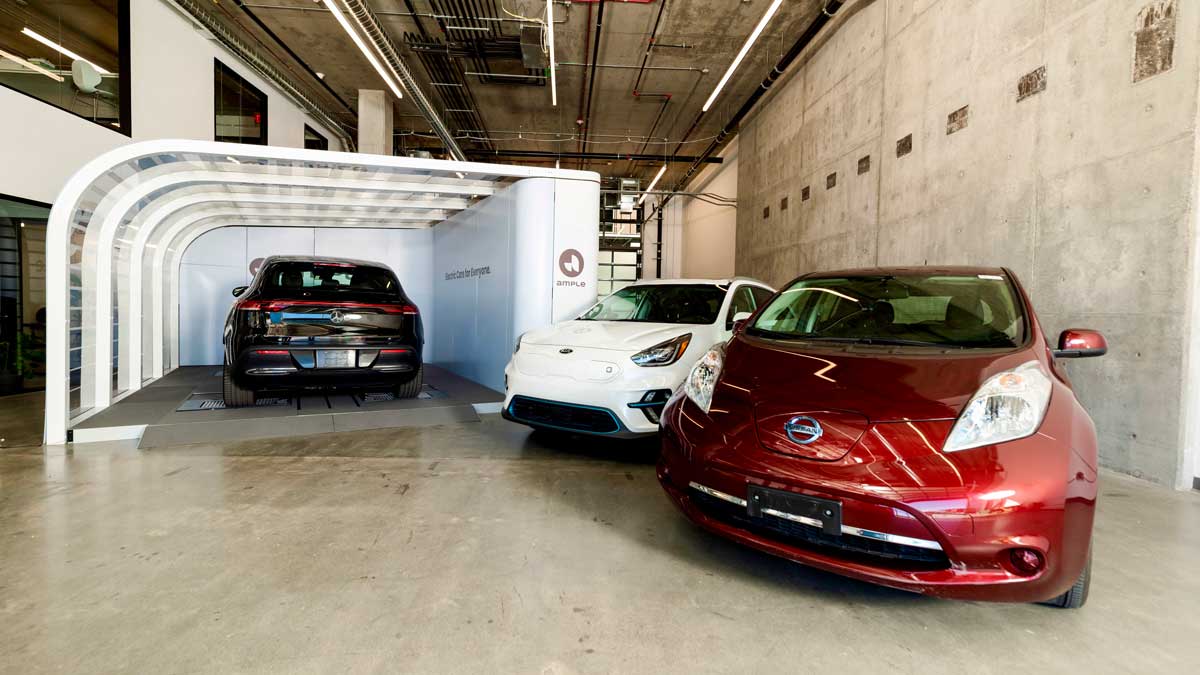xtsho
Well-Known Member
Fuel cell tech might replace natural gas for niche users who are already converted to gas. For the consumer car market, hydrogen fuel cells are simply too inefficient compared to batteries:
Fuel cells: start with 100 Watts and at best, 38 Watts are delivered to the consumer-driver
View attachment 4924706
EV: start with 100 Watts and 80 Watts are delivered to the consumer-driver
View attachment 4924707

Hydrogen cars won’t overtake electric vehicles because they’re hampered by the laws of science
Everyone loves the idea of H2 cars, but they come with a huge disadvantage.theconversation.com
That article brings up one point of concern. In China they are creating infrastructure to support the electric vehicles. Such as the battery swapping out. There may be more charging stations being set up in the US. They have a couple at the Walgreens a couple blocks from me. The problem is that it takes a long time to recharge the batteries so they really are not that practical as nobody isn't going to want to sit in a Walgreens parking lot for 6+ hours to charge their battery. I think most people have their own charging stations installed at home. But then you're limited on range you can drive.
One of my biggest issues with Tesla is their complete lack of support after the purchase which is well documented. There are very few authorized Tesla service centers and if you do manage to have one close by it can take months to get parts. A simple fender bender could have your car in the shop for a long time waiting on body parts which Tesla apparently doesn't seem to have in any reasonable supply. They are just focused on selling as many cars as fast as they can. Once you take delivery you're on your own. They have a serious lack of customer support and no supply chain for parts or service.
As far as hydrogen technology, yes it's dangerous but with further research and testing many issues can be mitigated making it much safer. It's already the technology they are working with for large trucks due to the increased range as battery technology won't work for long haul driving where you need to charge every few hundred miles.
May 19, 2021 - Daimler Trucks is focusing on hydrogen-powered fuel-cells for the electrification of its vehicles for flexible and demanding long-haul transport. It aims to achieve ranges of up to 1,000 kilometers and more without any stops for refuelling. In late April, the truck manufacturer began to conduct rigorous tests of the first new enhanced prototype of its Mercedes-Benz GenH2 Truck, which was unveiled in 2020. This marks an important milestone on the path to series production.

Start of testing of the new Mercedes-Benz fuel-cell truck prototype | Daimler
In late April, the truck manufacturer began to conduct rigorous tests of the first new enhanced prototype of its Mercedes-Benz GenH2 Truck, which was unveiled in 2020.




